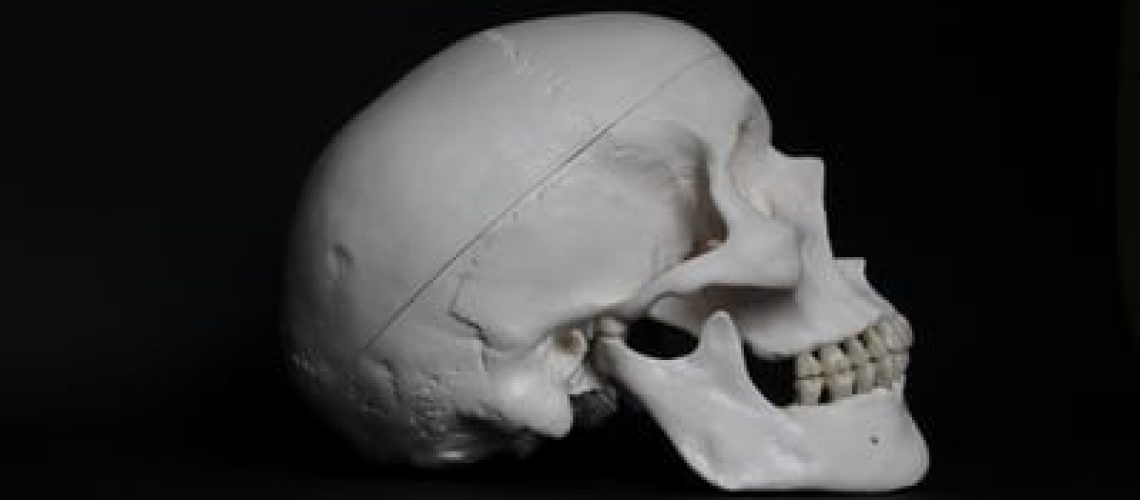Many people show up in my office saying they’ve been diagnosed with “TMJ.” It’s become even more common over the last year with the increased stress and strain everyone has been experiencing!
What is Temporomandibular Joint Disorder (TMD)?
TMD is a term used to describe a group of problems that cause pain in the temporomandibular joint in your jaw. This joint is made up of muscles, ligaments, and a disc between the joint space between the mandible (jaw bone) and the temporal bone of your skull. The temporal bone contains your inner ear, which is why tension in this joint can also be combined with symptoms like tinnitus, vertigo, and ear pain.
Typical symptoms of TMD can include jaw clicking, limited mouth opening, possible jaw locking, and pain. Chewing and eating usually make your symptoms more noticeable. TMJ pain may occur in your face, head, neck, and shoulders. Because the temporal bone contains your inner ear organs and bones, the tension in this area can also be combined with symptoms like tinnitus, vertigo, and ear pain.
Strain and Imbalances between the muscles that open and close your jaw are the most common culprit. Of course, long-term strain or acute injuries can affect the disc in the joint or the bone itself. TMJ pain is more common in people who clench their jaw or grind their teeth, especially at night.
Nightguards or retainers may be prescribed by a dentist when there are signs of excess enamel damage from clenching. These can be helpful (and important) for reducing damage to the dental enamel by slightly repositioning the jaw to prevent tooth contact while sleeping. However, they rarely address the reasons for the tension and clenching of the muscles themselves. Many people find them uncomfortable enough that they can’t wear them.
What Causes TMJ Pain?
Clenching and pain are merely symptoms, and to really address these it’s necessary to figure out how to get those muscles to relax! When we do history and examination for TMJ problems, we often find
- Poor posture. Poor posture in other parts of your body can cause strain at the top of your neck. Gently stick your fingers in the little dent just behind your earlobes. Open and close your jaw –most people will notice tension and tightness in this area, and one side may feel more sensitive than the other. Now tilt your head up and down, or side to side. Next, slouch down in your seat – tilt your pelvis back and forward, and side to side. Notice how the TMJ muscles and the spaces between the jaw and neck move and shift?
- Old Injuries The TMJ muscles are an important part of stabilizing your head and neck. When injuries like concussions and whiplash make the head and neck muscle and ligaments unstable, your brain will engage the upper neck, head and TMJ muscles to compensate. This is why TMJ pain and headaches usually go hand in hand.
- Emotional stress – TMJ pain can be attributed to emotional stress because clenching the jaw is a protective “fight, flight, or freeze” response. When your brain perceives threat or danger – real or imagined – goes into protection mode. We often see breathing problems and associated tension and tightness in the upper back and ribs as well. Often we need to address and “reset” these reflexes with breathing and relaxation exercises to allow the muscles to relax.
- Orthodontic and Dental work – when braces and retainers are used to correct structural or cosmetic problems, the altered alignment can cause strain in the neck and jaw muscles as well. Same goes for root canals and dental implants. The process of sitting in a dental chair with sharp implements being poked at very sensitive structures can be very physically traumatic and stressful. I often recommend people who are planning extensive dental work to get checked soon afterwards so we can assess any strains or trauma that may have inadvertently occurred.
How We Can Help
- Chiropractic adjustments to improve overall mobility, balance, and postural strain the contributes to TMJ tension
- Frequency Specific Microcurrent to decrease pain and inflammation
- Soft tissue release to decrease pain, and improve blood flow
- Breathing and relaxation exercises
- Home exercises to improve stability, mobility, and strength
- Lifestyle advice to manage stress and pain triggers
As with many health problems, it’s important to go beyond symptoms to find the underlying causes. We are here to help you move better, heal better, and feel better!

